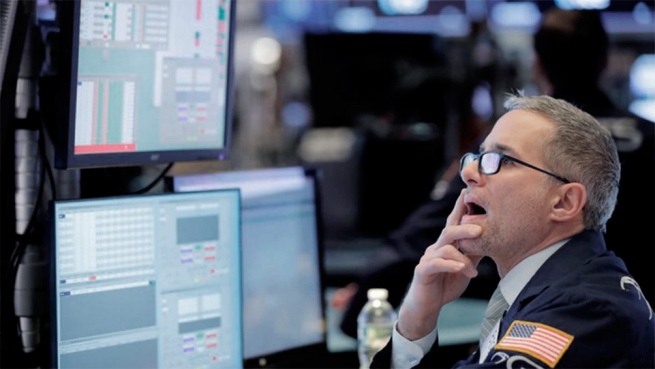During the day in the Chicago market, wheat reached its highest value in the last 14 years, closing at 389 dollars per tongiven that both countries in conflict are two of the world’s largest producers of the cereal.
Something similar happened with the corn that, despite showing changes in its prices, remained at 285 dollars per ton and soybeans at 611 dollars.
The war between Russia and Ukraine has generated renewed concerns about the global supply of sunflower oil, given that both countries together represent 80% of world exports.
This fact boosted vegetable oils in general, which translated into an increase in soybean prices in recent days.
China went to the markets to buy all the availability of grainsfaced with the escalation of the conflict, in an attempt to secure food supplies.
In the case of energy commodities, oil marked the day due to fear of a cut in the supply of crude oil and gas that comes from Russia, a lower supply by the producing nations grouped in the OPEC+ cartel and a drop in inventories in the United States.
variety oil WTI rose 8% and closed at the edge of 112 dollars while the Brent rate climbed 9% to close to 115 dollars. This increase also generated concerns at the local level since it is also used as a reference in Argentina to determine the domestic price, called “criollo barrel”.
To the fear of a greater escalation of war, was added OPEC+’s decision to maintain 400,000 barrels per daythe increase in production, rejecting requests from crude importing countries to increase supply and reduce energy prices, which are the main fuel for inflation.
Another element that contributed to the rise in crude oil was the drop in stocks in the United States, which forced the White House to once again dip into its strategic oil reserves, in an attempt to show signs of moderation in prices.

The International Energy Agency (IEA), which brings together oil-importing countries, announced that it will release 60 million barrels of oil from world reservesin an attempt to ease the current supply constraint.
The increase in energy prices goes hand in hand with the rise in inflation since it affects both the costs of industrial production, freight and services, as well as consumer spending at the residential level.
With the inflation agenda on the table, the stock markets had started the day with redoubled falls until the appearance of the president of the Federal Reserve, Jerome Powell, in the Capitol.
Before a panel of the House Financial Services Committee, Powell was inclined to raise interest rates at the next FED meeting in mid-March.
Powell anticipated that his proposal before the Federal Open Market Committee will be to increase the reference rate by 25 basis points.
However, Powell warned that if inflation shows a rising trend, the Fed is likely to act more aggressively.
This stance by Powell completely changed the declining trend of the market and led traders and investors to order massive purchases that left the Wall Street stock indices with significant increases.
The Dow Jones industrial average rose 1.8%, the expanded S&P 500 index rose 1.9% while the Nasdaq technology gauge gained 1.6%, according to data provided by the New York Stock Exchange (NYSE).
The European markets had a very similar behavior and thus in London, the FTSE rose 1.4%, in Frankfurt the DAX and in Milan, the MIB gained 0.7%, while the CAC 40 in Paris and the IBEX 35 in Madrid climbed 1.6%.

















